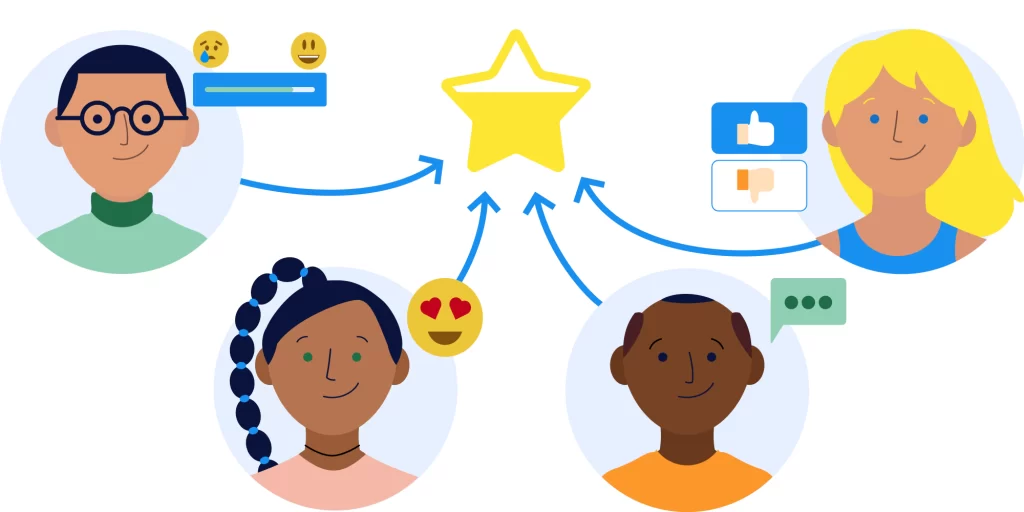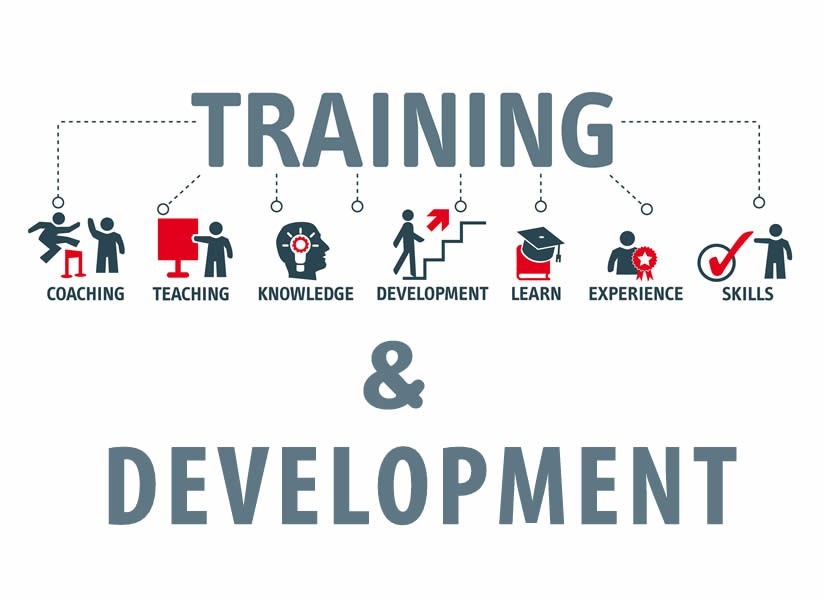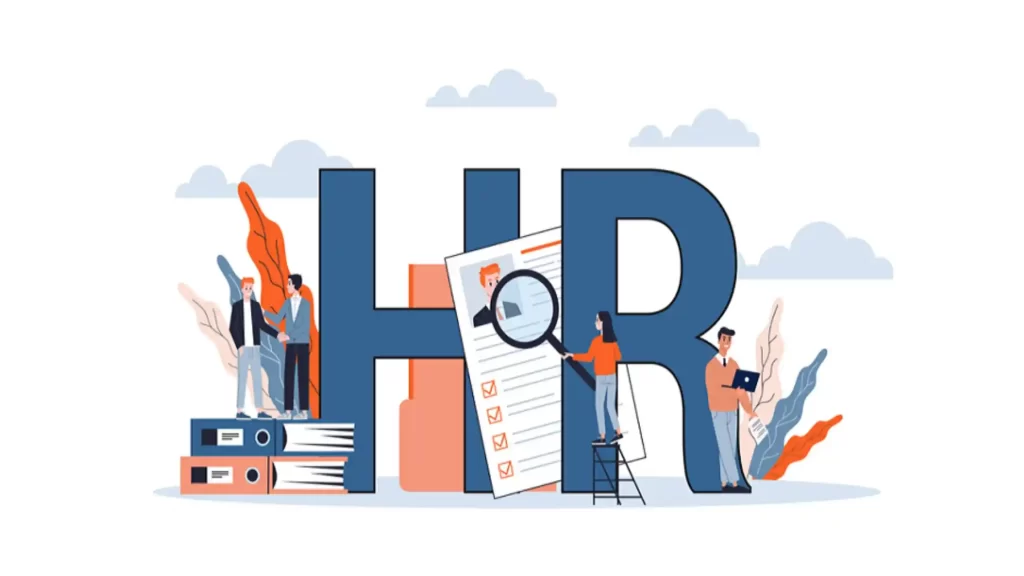
Strategies for Re-hiring Former Employees
The so-called Great Resignation is a phenomenon that has completely redefined the workplace. Some of them simply want to move on to other companies and some are just looking for a new environment. This presents a unique opportunity for companies to consider a valuable talent pool: boomerang employees – high calibre employees, formerly left for any reason and got open for the possible retaliation as returning back.
In terms of location constraints, remote working becomes a reality. Thanks to technology capabilities, companies are now provided with a greater resource that allows them to go beyond their borders, and returning employees have finally become very appealing. They are both knowledgeable of the current organizational culture, which consequently cuts down onboarding time, and they can jump right into their duties without much orientation. Accordingly, your efforts should mainly focus on the creation of a boomerang workforce that makes it possible to tempt former employees to return.

1. Foster Positive Connections During Departures
How you let your employees go determines the universe of possibilities for the extent of your recoveries. Here’s what you can do:
Here’s what you can do:
Exit Interviews Done Right: Ground your proposal from the way that you are addressing them and not only from the technical requirements of the request. Upon termination, use exit interviews, in which you, as an employer, should understand why people are leaving and then try to revitalize them with different circumstances.
Stay in Touch: Don’t give up a chance to stay in touch. An e-mail communication channel through alumni networks, social media groups or a quarterly newsletter with latest news, company updates and successful stories.
Re-Engagement Programs: For instance, you can create webinars only for your alumni on special topics, host industry events for these people, or arrange networking sessions from time to time to keep your people around and show what career paths they can choose.

Showcase a Culture of Growth and Flexibility
While many employees take up opportunities that promise them things like advancement and better work life balance, others stress that they value their career at this organization
Here’s how to demonstrate your commitment to these aspects:
Highlight Career Development: Show the way to the entire range of vacancies within the company. Provide mentorship and create options for the acquisition of key skills, in addition to setting the stage for the further development of their professional growth.
Embrace Remote Work: To start with, introducing a wide-scale remote work practice (if not already there) is essential. This might create an opportunity for the employees who once left because of personal reasons to contemplate coming back.
Focus on Well-being: Firstly, employee well-being should not be neglected with the growth of the company. Offer the option of flexible work schedules, lucrative paid off days (vacations) and mental health support resources by doing so, you can show a commitment towards work-life balance.

3. Use Retaining “Boomerang Hiring” Streamline Processes
Reintroducing those who returned to duty should be a seamless process. Streamline the process to make it a positive experience:
Fast-Track Applications: Acknowledge the worth of experience you have already. Offer quicker employee onboarding process for workers with a good performance history.
Tailored Onboarding: The knowledge may do not hurt but do not leave onboarding out. Give hands-on training on any new company updates or changes in procedures on the tools you are expected to use.
Reconnection Opportunities: Engage the previous members of once working group. Organize coffee lunches or mentorship programs to help the worker become more integrated.
4. Market Openings Specifically to Boomerangs
It is foolish to presume that the employees who have left the company will just show up in your social media feed. Here are some ways to target them:
Here are some ways to target them:
Alumni Job Board: Generation of a dedicated job board on a website that will approach alumni open positions.
Targeted Social Media Ads: Create targeted social media campaigns that will be able to reach former employees where they stay most, i.e., on social media platforms they often use.
Employee Referral Program: Provide bonuses to current workers who would recommend previous job mates for open positions.
5. Measure Your Boomerang Efforts
Monitor your progress to find out where you are going right, what needs modifying.
Track Re-hiring Rates: Track how many returns differ in the number of rebounds and the number of processes.
Retention Rates: Analyse how long these boomerang employees remain with the company after their return.

Employee Satisfaction Surveys: Develop surveys to detect returning workers views on their perception of going back to work and their experience load.
The establishment of a positive learning culture, uniquely defining the boomerang workforce approach, invests a lot of energy and time, but the long-term benefits are endless. By getting involved in healthy departures, which is great for future employees; showcasing a culture of growth, which makes it easier to bring back a top performer in the other company; streamlining the hiring process to make the process smooth and effortless; targeting marketing focused on the benefits of returning to work as well as the opportunities available to skilled individuals; and measuring results according to appropriate metrics, you can create a friendly environment and encourage former employees Do not forget that widely known capabilities can easily identify your organization and align with its mission. As they just wanted the opportunity to walk to the next step, they needed more time to look for other options. let your venture become the destination they would like to soar to.
























